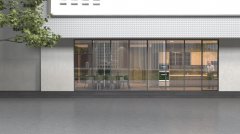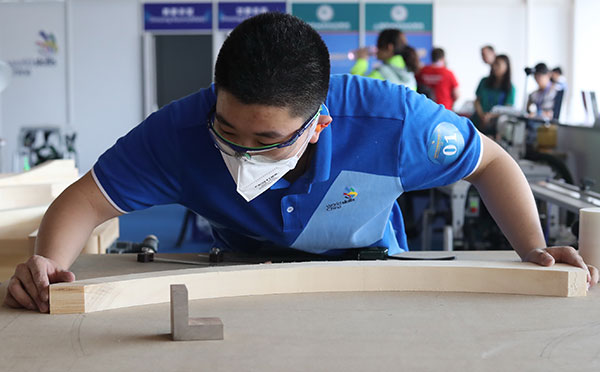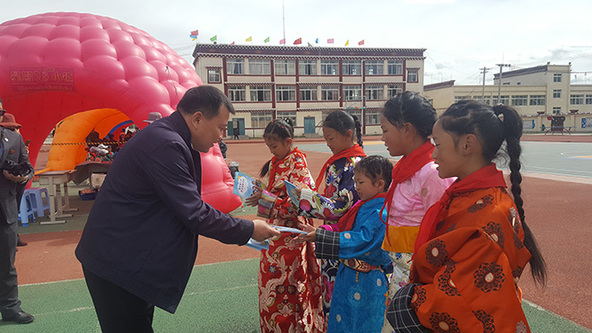2020/11/26 10:02 CULTURE
Human mobility restrictions effective in controlling COVID-1
Researchers have found that human mobility restrictions could be an effective strategy to contain the spread of COVID-19 in Shenzhen, south China's Guangdong Province.
The researchers from Shenzhen University have developed a model to quantify the potential effects of intracity mobility restrictions on the spread of COVID-19 and controlling the pandemic.
As reported in The Lancet Digital Health, the authors found that a 20 to 60 percent reduction in mobility within the city had a notable effect on controlling COVID-19 spread. Specifically, as little as 20 percent mobility restriction can help flatten the peak number of cases by 33 percent and delay the peak number by two weeks. With 40 percent mobility restriction, the peak number of cases can be reduced by 66 percent with a four weeks delay, while 60 percent mobility restriction can achieve more than 90 percent reduction in the peak number of cases and 14 weeks of delay.
The effects of mobility restriction on controlling COVID-19 spread can be increased when it is combined with other non-drug control practices. For example, if 60 percent of mobility reduction is combined with a 25 percent reduction in disease transmissibility, the epidemic would progress slowly without peaking in the first half of 2020.
The application of this model can help city authorities make decisions on optimal COVID-19 control policy. Besides, by balancing the potential damage inflicted by COVID-19 with economic and social costs, society can benefit the most.
The researchers, however, admitted their limitations. For instance, the model was built within two weeks after the first case was detected in Shenzhen and did not include asymptomatic infections.
Explore further
| MAX MIWU Disposable MINI MIWU | 11 Chinese Universities Enter |
| Intercultural Communication C | Great Wall Gets Boost from Bi |
| Shanghai to Host WorldSkills | Intuitive and convenient WeCh |








